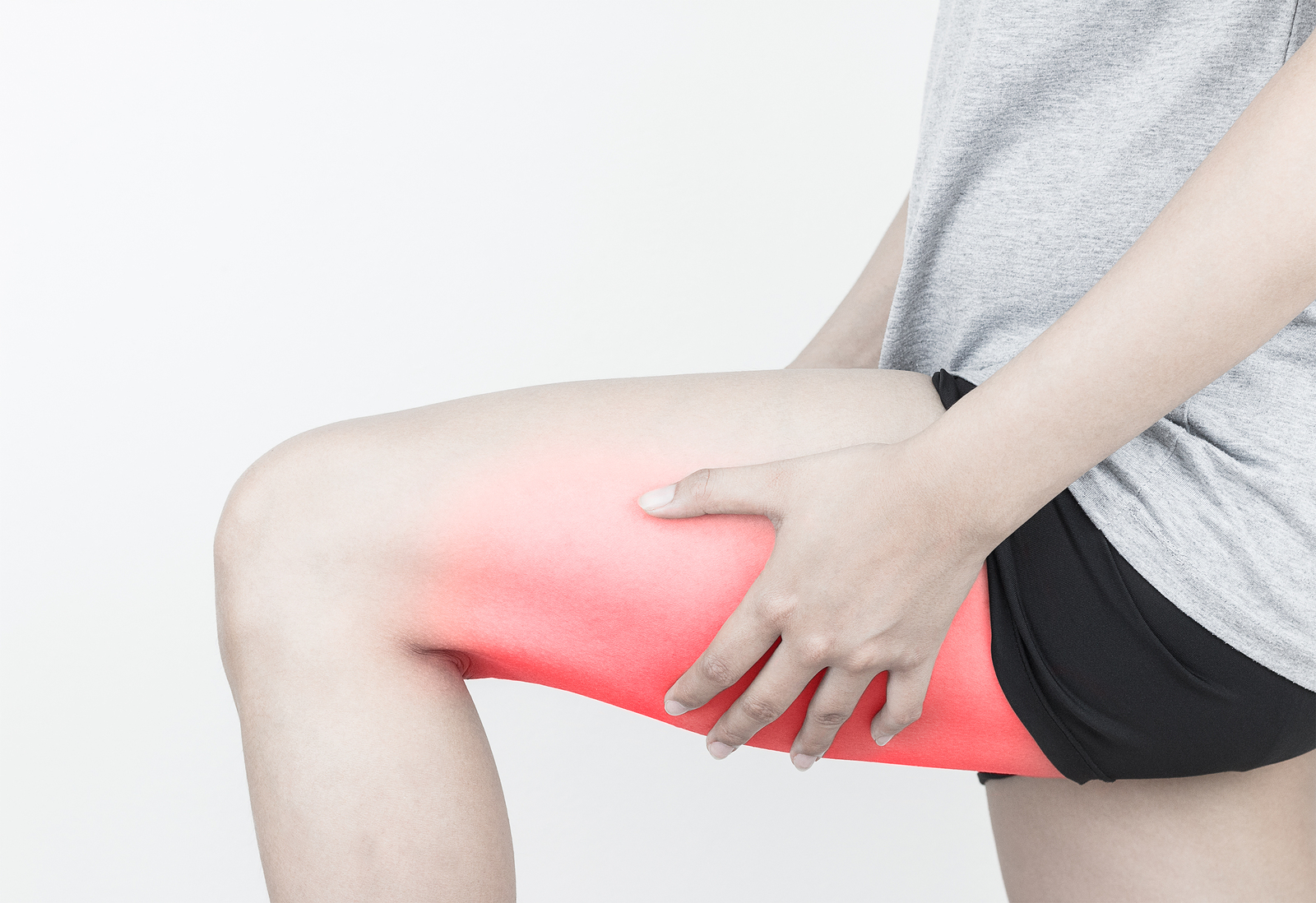
The aim of this study was to determine the diagnostic accuracy of the active hamstring test at 30° (A-30) and 90° (A-90) of knee flexion, the long stride heel strike (LSHS) test, and combination of the 3 tests for individuals with hamstring tendon tears, with and without sciatic nerve involvement.
A retrospective review of 564 consecutive clinical records identified 42 subjects with a mean age of 50.31 ± 15 years who underwent a standard physical examination prior to magnetic resonance imaging (MRI) evaluation and diagnostic injection for posterior hip. The physical examination included the A-30, A-90, and LSHS tests. Sensitivity, specificity, positive likelihood ratio, negative likelihood ratio, and diagnostic odds ratio were calculated to determine the diagnostic accuracy of these 3 tests.
Forty-two subjects (female = 32 and male = 10) with a mean age of 50.31 years (range 15-77, ± SD 14.52) met the inclusion criteria and were included in the review. Based on MRI and/or injection, 64.28% (27/42) of subjects were diagnosed with hamstring tear. Fourteen (51.85%) presented with sciatic nerve involvement. The sensitivity, specificity, positive likelihood ratio, negative likelihood ratio, and diagnostic odds ratio for each test were as follows: A-30 knee flexion: 0.73, 0.97, 23.43, 0.28, and 84.73; A-90 knee flexion: 0.62, 0.97, 20.00, 0.39, and 51.67; LSHS: 0.55, 0.73, 2.08, 0.61, and 3.44. The most accurate findings were obtained when the results of the A-30 and A-90 were combined, with sensitivity, specificity, positive likelihood ratio, negative likelihood ratio, and diagnostic odds ratio of 0.84, 0.97, 26.86, 0.17, and 161.89, respectively.
The combination of the active hamstring A-30 and A-90 tests proved to be a highly accurate and valuable tool to diagnose proximal hamstring tendons tears with or without sciatic nerve involvement in subjects presenting with posterior hip pain.
No comments:
Post a Comment